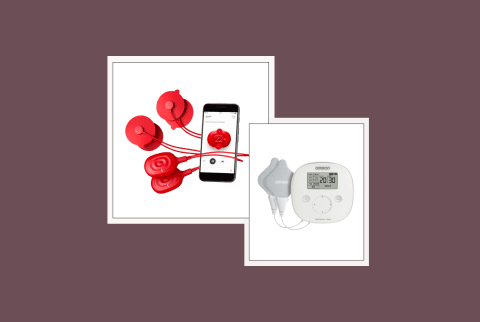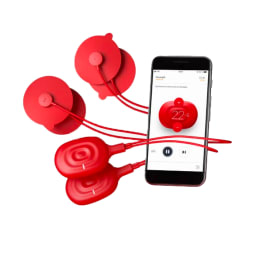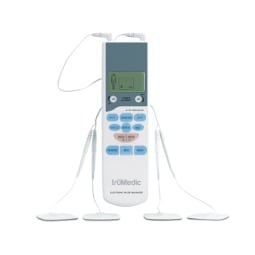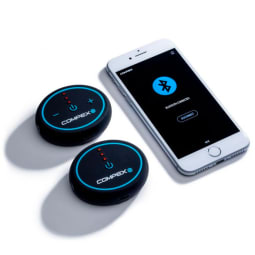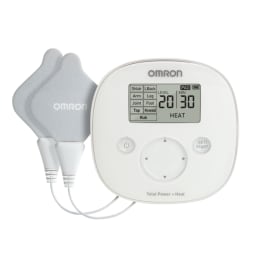A TENS unit consists of an electrical signal generator, a battery and a set of electrodes (adhesive pads). In order to understand how TENS units affect pain, we spoke with experts to dive deeper into the neurophysiologic mechanisms of pain control. Below, learn more about who these devices are good for, and find our picks for the best TENS units for back pain. These machines are battery-powered, with small electrodes that are placed on your skin, either where you have pain or on corresponding trigger points. The belief is that these electrical currents are not so much treating the pain but rather changing your perception of it by blocking the transmission of pain signals or raising the level of endorphins in your body. “Sensory-level treatments use what is known as the gate control theory, where non-painful stimulus closes the gate on (overrides) the transmission of painful impulses,” explains Chad Starkey, Ph.D., author of Therapeutic Modalities. “In addition to the sensory effects of sensory-level pain control, motor-level pain control uses relatively intense muscle contractions to release endogenous opiates (the body’s morphine-like substances). This arguably provides better, longer pain relief than sensory level but does require a deeper understanding of electrical stimulation parameters and neuroanatomy.” The noxious-level TENS method typically involves a point-and-shoot probe, or a large, dispersive electrode and a smaller electrode where the current is concentrated. This form of TENS is less studied, and while your physical therapist may experiment with this noxious-level TENS, at-home TENS units should be used for sensory level, gate control theory pain relief only. “I do not recommend noxious-level stimulation for home use,” Starkey confirms. That said, before you decide to charge up your TENS unit, Starkey says you’ll want to make sure you have an understanding of where your pain is coming from. “It’s cliché but TENS (or anything else) should not be used to treat pain of unknown origin or used for more than two weeks without being examined by a medical professional.” As for pad placement during sensory level pain control (no muscle contraction), Starkey recommends an “X” pattern with the painful area at the center of the X. The electrodes on each set of wires should be placed so that the current crosses over the area in pain. In terms of frequency of use, “Sensory-level pain control can be used for days at a time,” Starkey advises. He recommends moving the electrodes slightly with each use to avoid irritation from the adhesive. The TENS unit should feel like a tingle or buzz that gradually increases in intensity to a sharp, prickly sensation. If the TENS treatment is successful, you should feel some pain relief within the first 30 minutes of treatment. If it is not successful, change the electrode placements and try again. And if you’re seeking 24-hour pain control, portable units are best.



